|
You ask, we answer. This is our second blog in our Camp Focuses series (see the first one on Mixed Media Camp here), where we are breaking down what each of our summer camps are about and what you can expect from them. Where some art camp programs may combine multiple mediums in one camp and do, for example, a painting project one day, and a sculpture project the next, and then a drawing project and so on, our summer camps are divided by art form, or art medium. Our camps focus on just one specific art medium, such as just painting, or just sculpture, so that we can really dive in deep and spend the whole week exploring different forms and different projects within that one medium. So when we talk about Sculpture Camp, that means we’re going to be exposing our campers to a wide range of sculpting styles and materials. Extra-Brief Background on Sculpture Sculpture has been the most enduring form of fine art throughout the ages. From the Great Sphinx in Egypt (circa 2558 BC!) to the Terracotta Army in China, the moai on Easter Island to Michelangelo's David, sculpture as an art form is not only ancient, but also incredibly varied. However, in the 20th century, sculpture became even more varied. The 20th century saw a massive change not only in the increase of new and different materials used for sculptures, but also in the subject matter. Sculpture changed from being mainly a representational art form, or one that imitates forms of real life (like the examples in the above paragraph), to also being nonrepresentational, or abstract and not necessarily based on the real world (like, for instance, The Bean in Chicago, or many Chihuly sculptures). In our Sculpture Camps, we do our best to broaden our campers’ ideas of what sculpture is by using a variety of sculpting materials for our projects, ranging from wire, paper mâché, air-dry clay, polymer clay, fibres, found objects, and many, many more. The only material we don’t use in sculpture camp is ceramic clay, due to the nature of the medium. (Although, if your child wants to have a ceramic clay experience, our Friday Pottery Camps are a MUST!) Different Challenges One of the most important techniques we cover in Sculpture Camp is thinking “in the round,” or the idea of creating a piece of art that can be viewed from all angles. Many campers start our camps with experience in 2-D media, such as drawing and painting, which is great, but these mediums only cover one surface. Sculpture presents an additional challenge: in sculpture, an artist must think about every angle of their work, because ideally, someone could walk around their sculpture and view every side. Our campers must be sure to make a complete top, bottom, and sides of their work, and can’t hide any unfinished areas. Another aspect campers also have to consider with sculpture as opposed to 2-D art is how their sculpture takes up space in the world. Thinking about scale, and composition is crucial to making a finished sculpture. Art vs. Toys Sculpture camp also gives us a great excuse to discuss the concept of art vs. playthings, or art vs. functional objects. We often make fun sculptures, such as colorful polymer clay animals, which might look like something you can play with at first. However, to do so would possibly break the sculpture, or the work of art. We talk about how the presentation is very important in art, and how a finished sculpture is presented differently from a toy, which is an interesting concept for children especially. "What projects will you be doing?" Our camp projects always differ from year to year, and even slightly differ from week to week during summer, so we can't say exactly what your child might be making in one of our Sculpture Camps, however, we can give you examples of past projects and the processes campers went through in creating them. One of our most popular projects from last year was our Chibi animal sculptures. Students learned to utilize polymer clay to create an animal that can be viewed from all angles. They also discussed the Japanese art style of Chibi, which is basically making the subject small and cute with disproportionate features. Once their sculptures were completed, students carefully painted their sculpture with acrylic paint. Again, students really had to be aware of how people would view their sculptures and had to be sure not to paint on the block and use careful brush strokes. Once our project was completed, we discussed how our sculptures were being presented. By placing the sculptures on a block, this resulted in a refined and professional presentation of their work, different than a toy meant to be played with. Sculpture Camp provides children with a new way to create - not just with a piece of paper and a pencil or paintbrush, but by putting a variety of different materials together and forming them into something with their own hands. These camps are great for those children who love to touch everything they come in contact with - it gives them something productive to funnel that kinetic energy into. We hope this answered your questions on Sculpture Camp! You can still sign your child up for our summer camps here, or email us at [email protected] with any other questions you may have. Comments are closed.
|
MUSEO blogSharing our love of art education, one post at a time. Categories
All
|

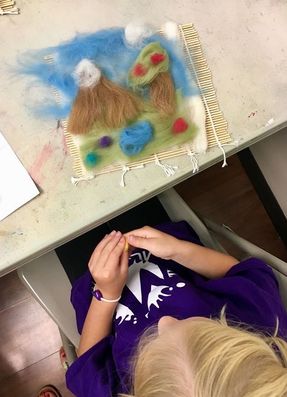
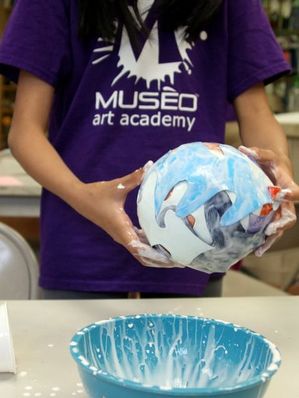
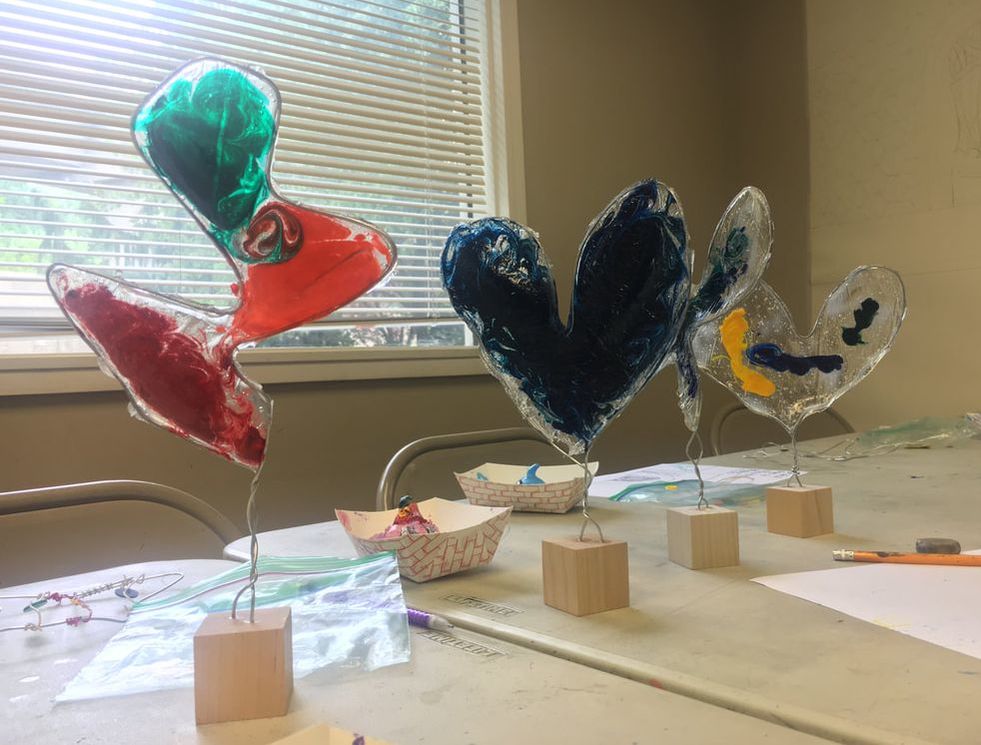

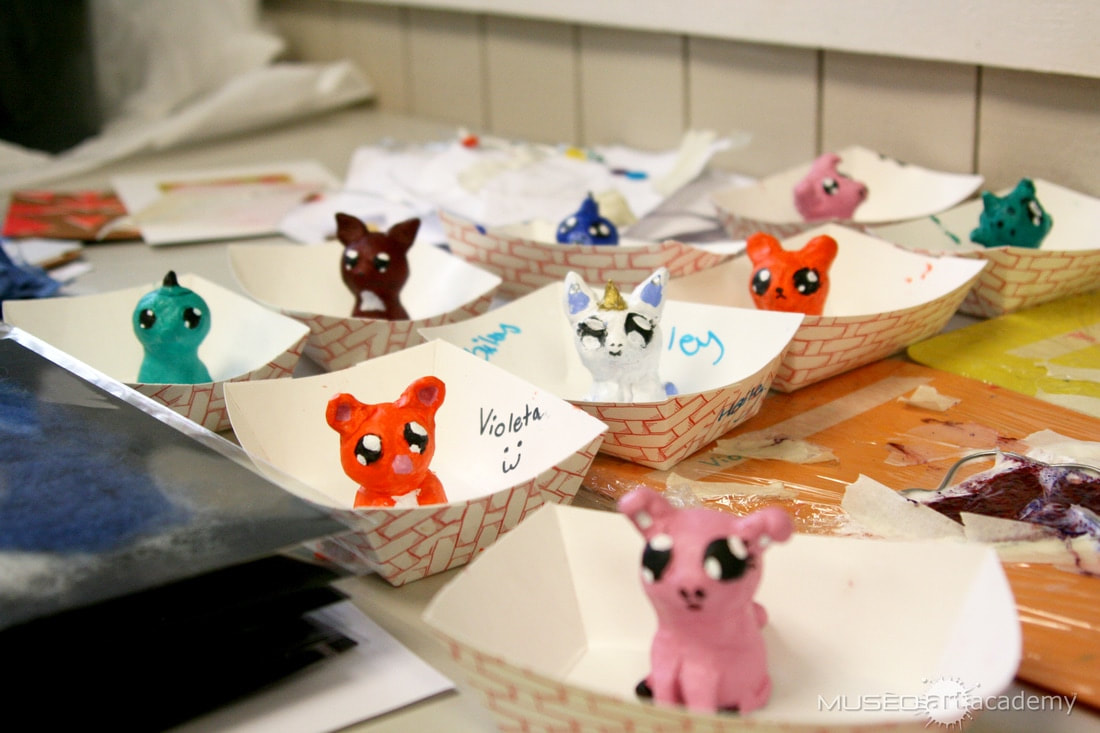
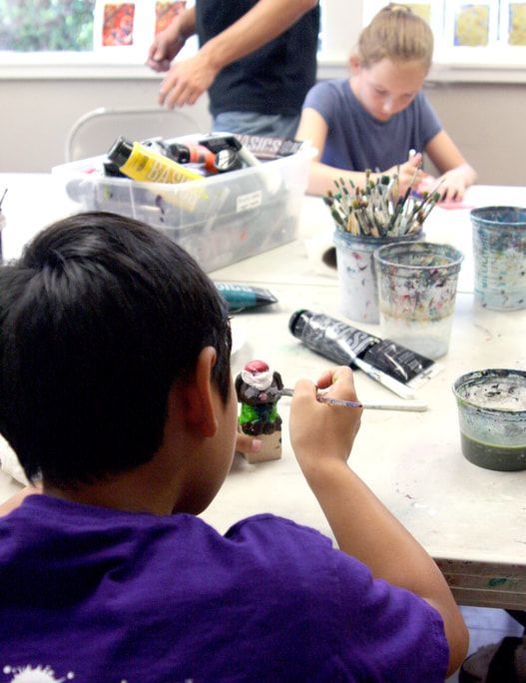
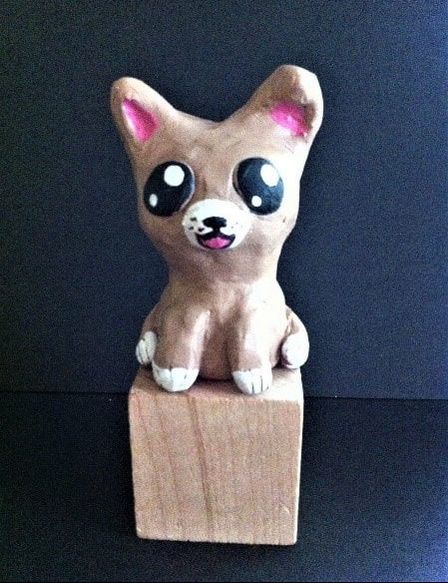
 RSS Feed
RSS Feed